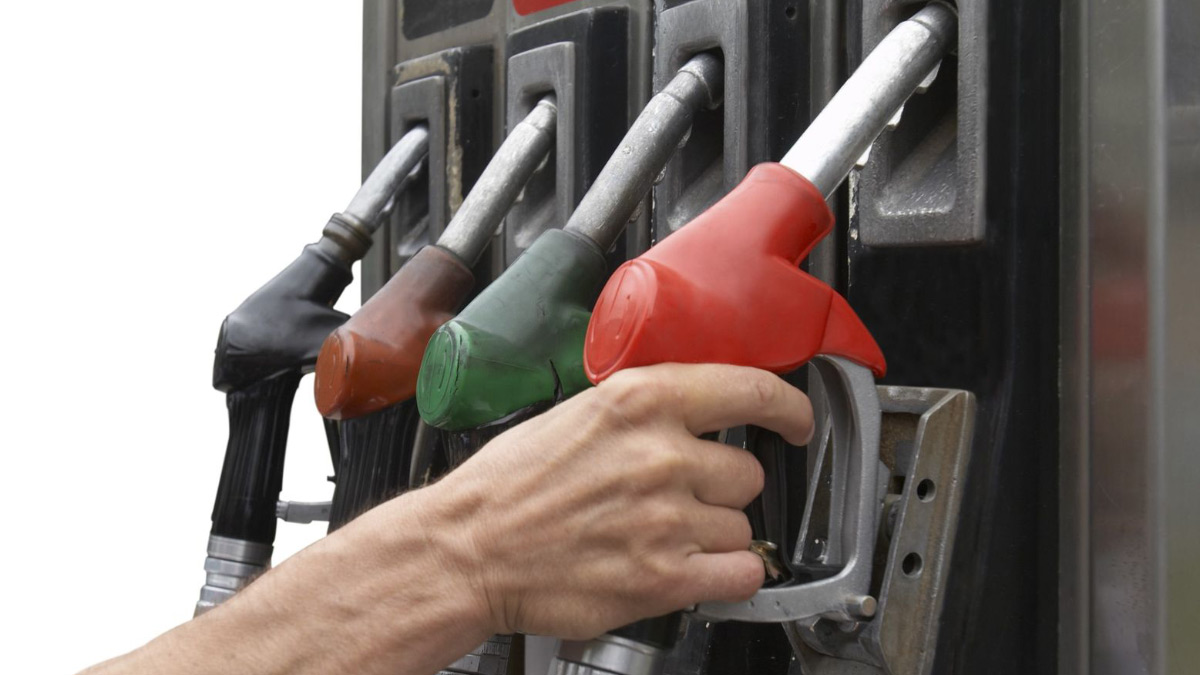Just 1 percent—that’s the share of all-electric vehicles to total new U.S. car sales today.
You don’t have to be an auto retailer to know that electric vehicles are not pushing gasoline-powered cars and light trucks off the showroom floor. Virtually all of the 17 million vehicles sold in the U.S. last year were gas burners.
Even with tax credits and other incentives, such as taxpayer-financed charging stations, few Americans are rushing out to buy EVs. And if the tax incentives are stripped away, EVs would be much less competitive.Those numbers have major implications for the U.S. oil industry. Oil is one of America’s critical fuels for good reasons: its abundance and relatively low cost.
We produce nearly 10 million barrels a day—and we use more oil now than at any time in our nation’s history. The demand for oil is expected to continue to rise through 2030, and then plateau, according to the U.S. Energy Information Administration.
Today, the U.S. ranks among the world’s leading oil producers, undercutting the ability of OPEC and Russia to influence global oil prices. Thanks to innovations such as sophisticated data analytics and automation, the oil price at which deep-water drilling in the Gulf of Mexico is economical has fallen sharply, to just $40 to 50 per barrel.
Bank of America Merrill Lynch recently predicted that U.S. oil demand will stay strong through 2020, expanding at an annual rate of 1.3 million barrels per day. Our country’s vast oil reserves and ongoing research into low-carbon gasoline will keep oil at the top of the list of energy sources even if EV sales suddenly were to take off here at home and abroad.
If every passenger vehicle in the world were converted to an electric-powered one, the global demand for oil would decline by just 20 percent. And don’t forget that EVs are only as green as the grid from which they draw power.
Although coal-fired generating plants are going the way of the dodo, natural gas will continue to be utilities’ fuel of choice for years to come.
More to the point, even allowing for a hypothetical spike in EV sales, the global gasoline demand for light vehicles is expected to roughly triple by the mid-2030s. Meanwhile, levying special taxes on electic vehicles—or switching from motor fuel taxes to a tax per mile driven—will be required so that EV owners help pay for building and maintaining roads and bridges.
But a threat is hanging over oil. What is most ominous is the spread of the destructive idea that, because of climate change, all fossil fuels, including oil, must be kept in the ground. Russia bears some of the blame for that underhanded campaign, using social media to twist American public opinion against oil production to achieve its own devious goal: push up world oil prices.
With Russia’s help, the keep-it-in-the-ground movement threatens to impede the production of oil offshore and stifle hydraulic fracturing in shale formations. At the same time, Russia is spearheading opposition to the construction of new oil and natural gas pipelines. Because of the Depression-era Jones Act, which requires shipments between U.S. ports to be carried on American-flagged and -crewed vessels, additional pipeline capacity is essential for delivering heating oil to markets in the Northeast where it’s needed the most.
If the keep-it-in-the-ground crowd is successful, domestic oil supplies will drop and prices will rise, harming oil-using industries and consumers. Every $10 per barrel hike in crude prices is like a $70 billion tax increase on Americans. The recent spurt in gasoline prices was a taste of what will happen if the keep-it-in-the-ground movement takes hold..
Given that Russia’s involvement in U.S. domestic affairs is likely to be a major political issue over the next few years, groups engaged in the keep-it-in-the-ground movement ought to rethink the economic and geopolitical consequences of their actions.
The coming transformation of the American passenger car fleet to electric vehicles is, for the most part, good news for the world. But the global demand for oil isn’t going away, no matter what the critics claim.











